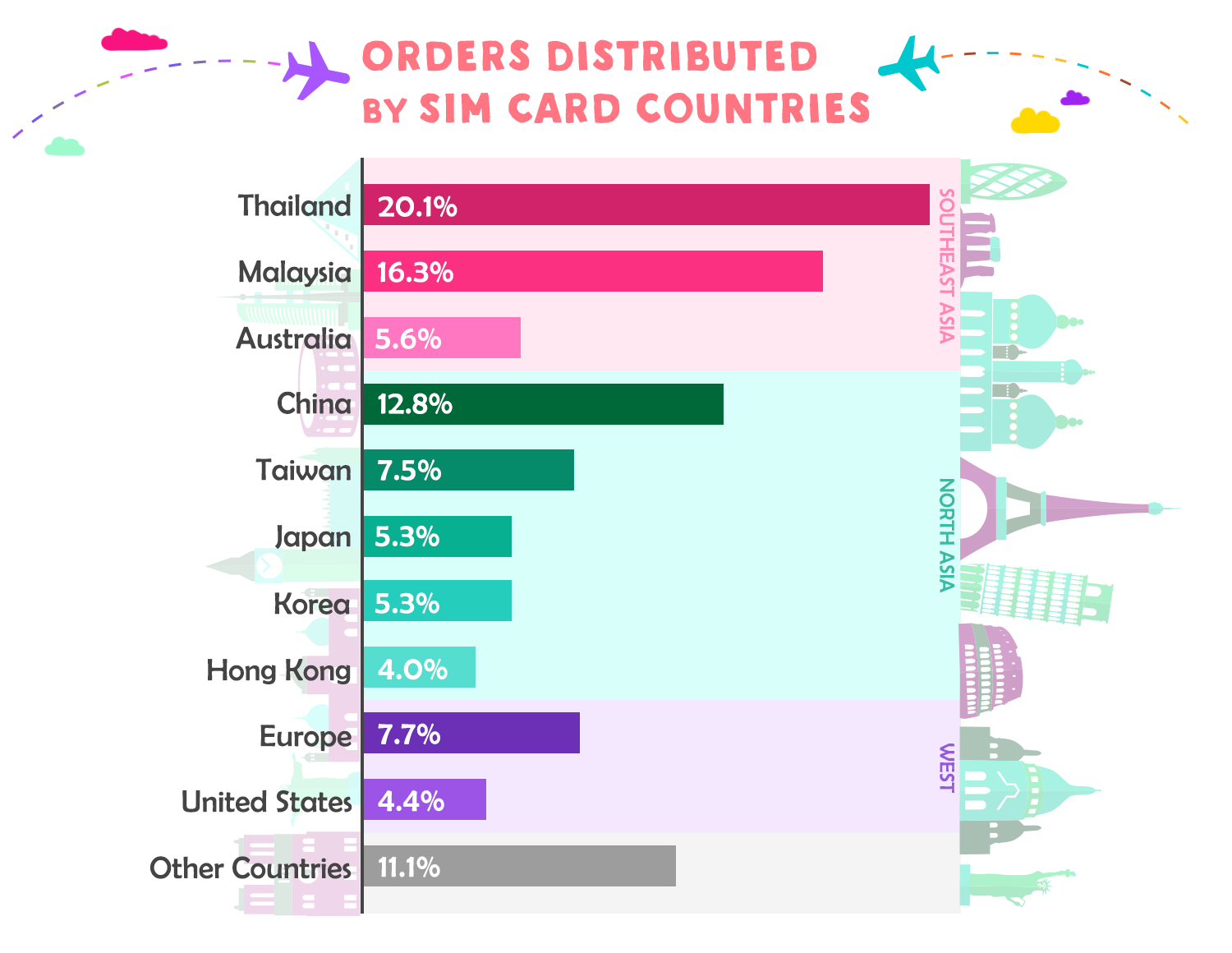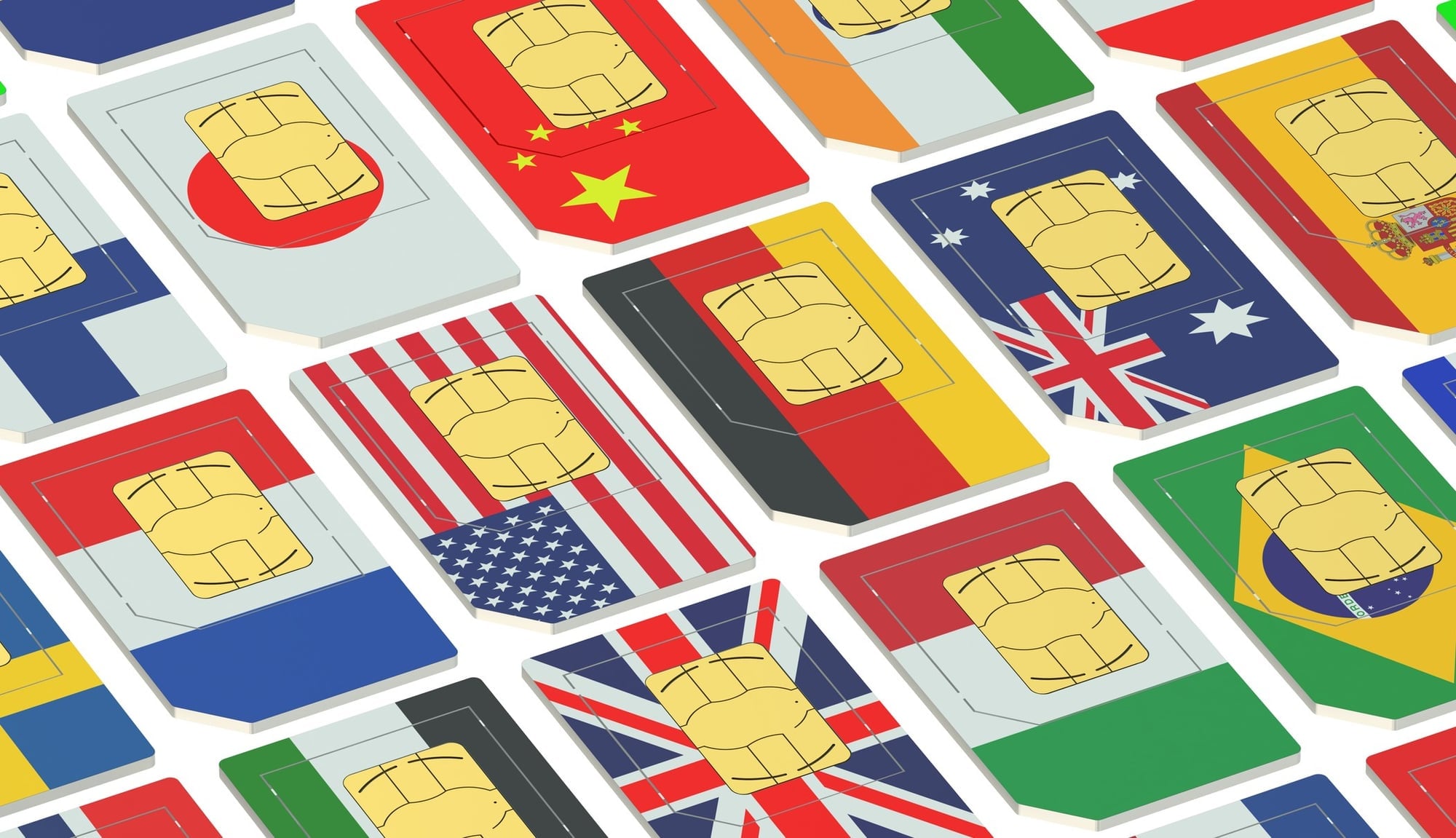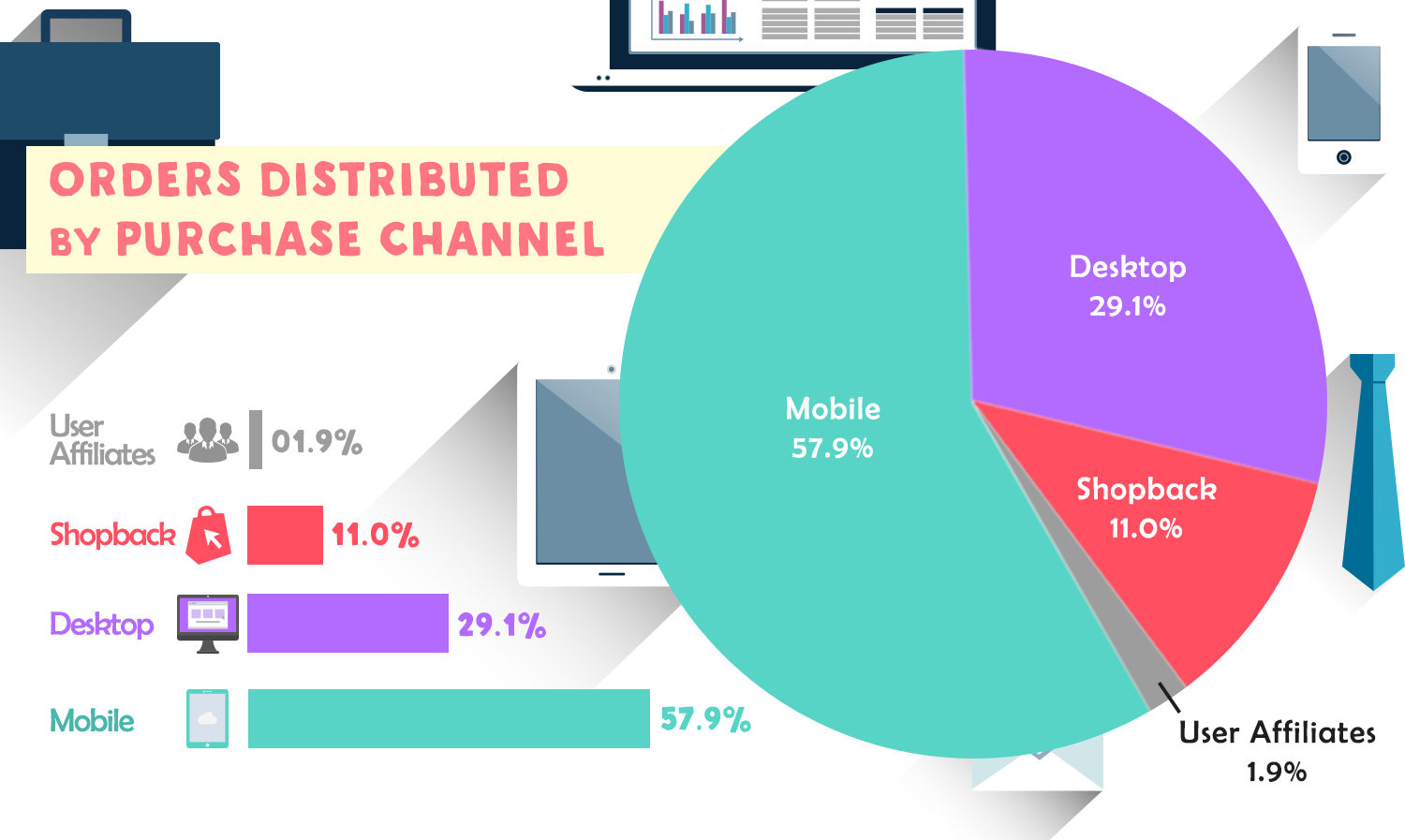Here are several things you may not already know about Qoo10.
- We are a curious lot. And we have itchy fingers. More on this later.
- Our merchants sell hundreds upon thousands of unique products everyday. And we keep records of all of these purchases. Of course we do! Aside from keeping a proper paper trail for every transaction, this data can also serve to help us learn more about the needs, wants, habits, and more of our customers – as we’re about to show you.
- We have several awesome sellers offering a huge range of foreign SIM cards for you to purchase domestically, so that you’ll be connected the moment the plane’s wheels hit the ground (yeah, we know that’s when you flick Flight Mode off, and that’s okay). Check out ICC, 13Mobile.sg, Joy Telecom SG, and Localsim.com.sg, to name a few.

Which brings us back to our first point.
In casual conversation, one of our colleagues mentioned the consistent pattern of foreign SIM card sales spiking during the months of May and November. It seemed clear that many of our online shoppers were buying prepaid foreign SIM cards off our platform, in preparation for their travels during Singapore’s popular travel months of June and December.
Where you going ah?
With that, we thought it would be pretty interesting if we could crunch the purchase data for these SIM cards to get a glimpse into where you, our users, were running off to for vacation.
Here’s what we found by looking into fresh data from the month of May 2019.

In terms of purchase orders, Thailand was the very clear winner, covering one-fifth of purchase orders. That should be no surprise – aside from urban havens like Bangkok, Thailand has no shortage of nature sanctuaries like Chiang Mai, seaside getaways like Phuket, and numerous resort-filled, rustic islands like Koh Samui. Malaysia was next on the list with over 16% of orders. While day trips across the Causeway or weekends in KL may not warrant getting a SIM card, there are plenty of less connected spots to hide away for a few days, like Penang, Sarawak, and Terengganu, to name just a few.
Budget or atas?
Whilst 3 Southeast Asian countries dominated the charts region-wise (we’re loosely counting Australia as Southeast Asian for convenience), there seems to be more unique interest in the various countries that make up Northern Asia – China, Taiwan, Japan, Korea, and Hong Kong. China seems to be a more popular destination in June than in December, perhaps because you’ll have winter to contend with in the latter month.

Of course, our merchants do sell SIM cards for more than these 10 countries. In a 5-figure data set, we decided to keep the charts neat by combining smaller, less significant orders into the last 11%, indicated at the bottom of the chart in gray. Our full breakdown saw SIM cards for more than 30 countries, with a few hundred SIM cards sold for regional and even global use.
Examining bulk orders offered some interesting insight. We tallied a total of 18 orders that purchased 10 or more SIM cards (easily adding up to than $250 or $300) – mostly for use in Thailand! The single largest order purchased a whopping 21 SIM cards for 7-8 days’ use in Thailand. Now what is the story behind that, we wonder?
How you buy one?
Looking at purchase channels also reveal a couple of interesting things.

Almost three-fifths of you made these purchases directly from your mobile phones, while more than a quarter used good ol’ desktops. But we already know that to be standard behavior for our mobile-savvy buyers. What we were pleasantly surprised to see were the other two segments.
An average of 1 in 10 orders came via our good friends at Shopback, which delivered a more or less consistent performance throughout the month. Shopback offers rebates for making purchases through them, so be sure to check them out!
Affili- what??
Finally, almost 2% of purchases were attributed to user affiliates. If you didn’t already know, Qoo10’s User Affiliate program allows any member to share product links tagged with an individual code. You could share this within Live10, our social shopping app, over private messages, or simply on social media platforms like Facebook or Twitter! Whenever purchases are completed via your sharing link, you will be entitled to a referral fee, as set by the seller. You will be able to retrieve a product’s sharing link, while verifying the fee you earn, by tapping the Share button in your Qoo10 or Live10 app that looks something like this:

Be aware that some communities such as Facebook groups or forum boards disallow affiliate links of any kind, so do make sure you know their stance as well as the link you’re sharing – don’t get yourself banned for nothing!
So that’s what we learnt from a month’s purchases of foreign SIM cards. Did you like what you saw here? Would you want to see more? And if so, what kind of statistics will you be interested to read about? Let us know in the comments below, or on Facebook, and we’ll see if we can make this a regular feature!










